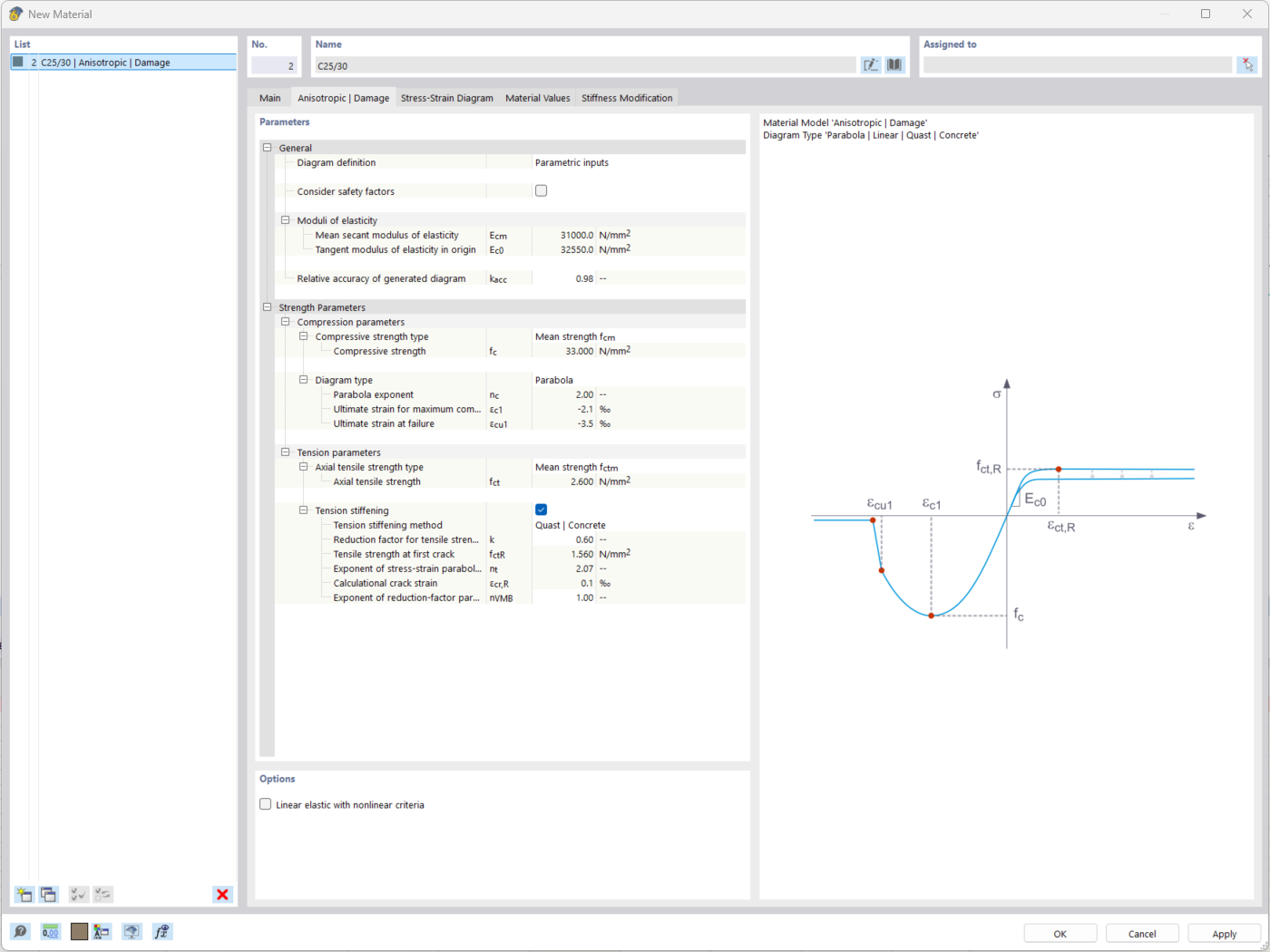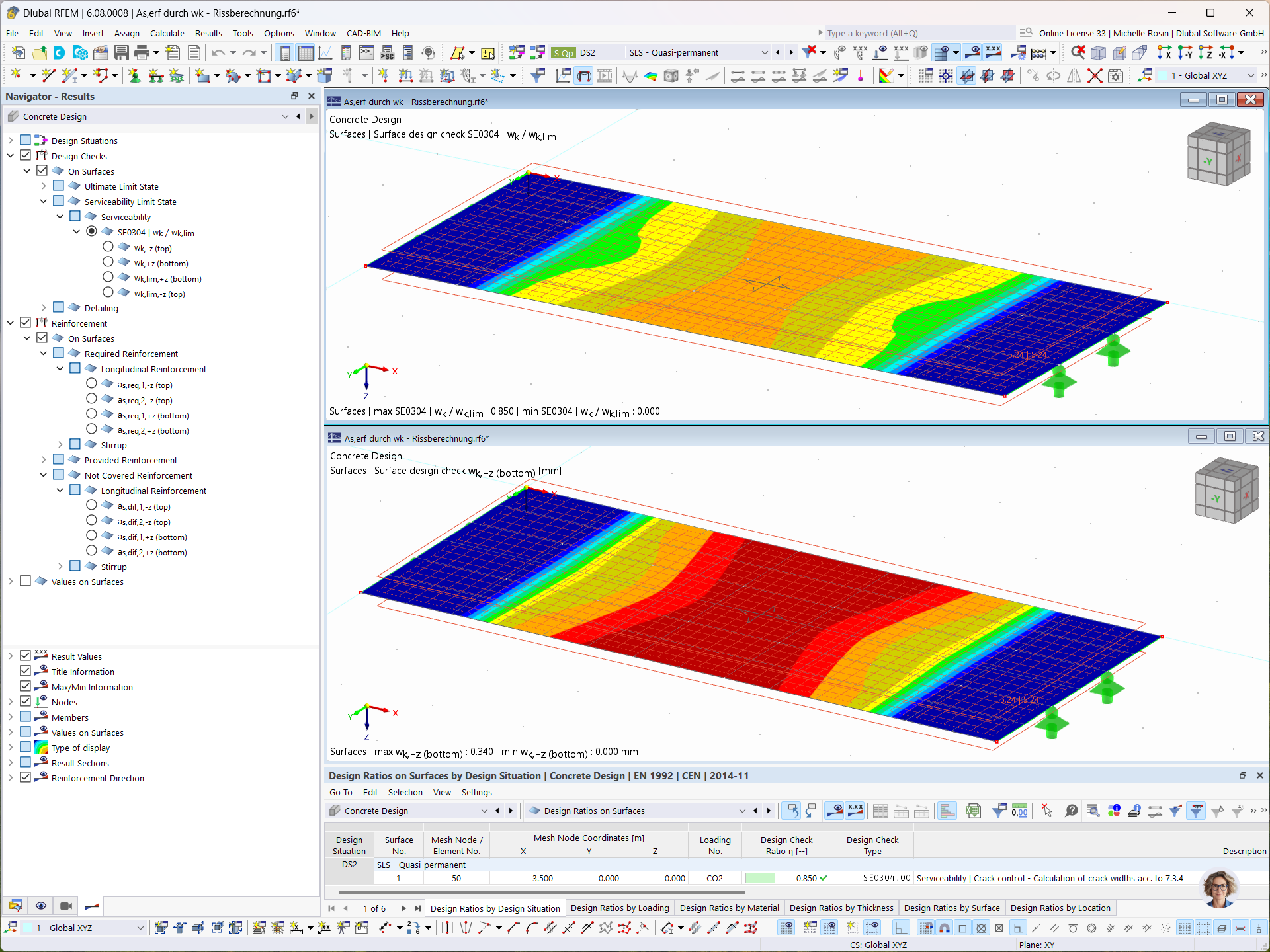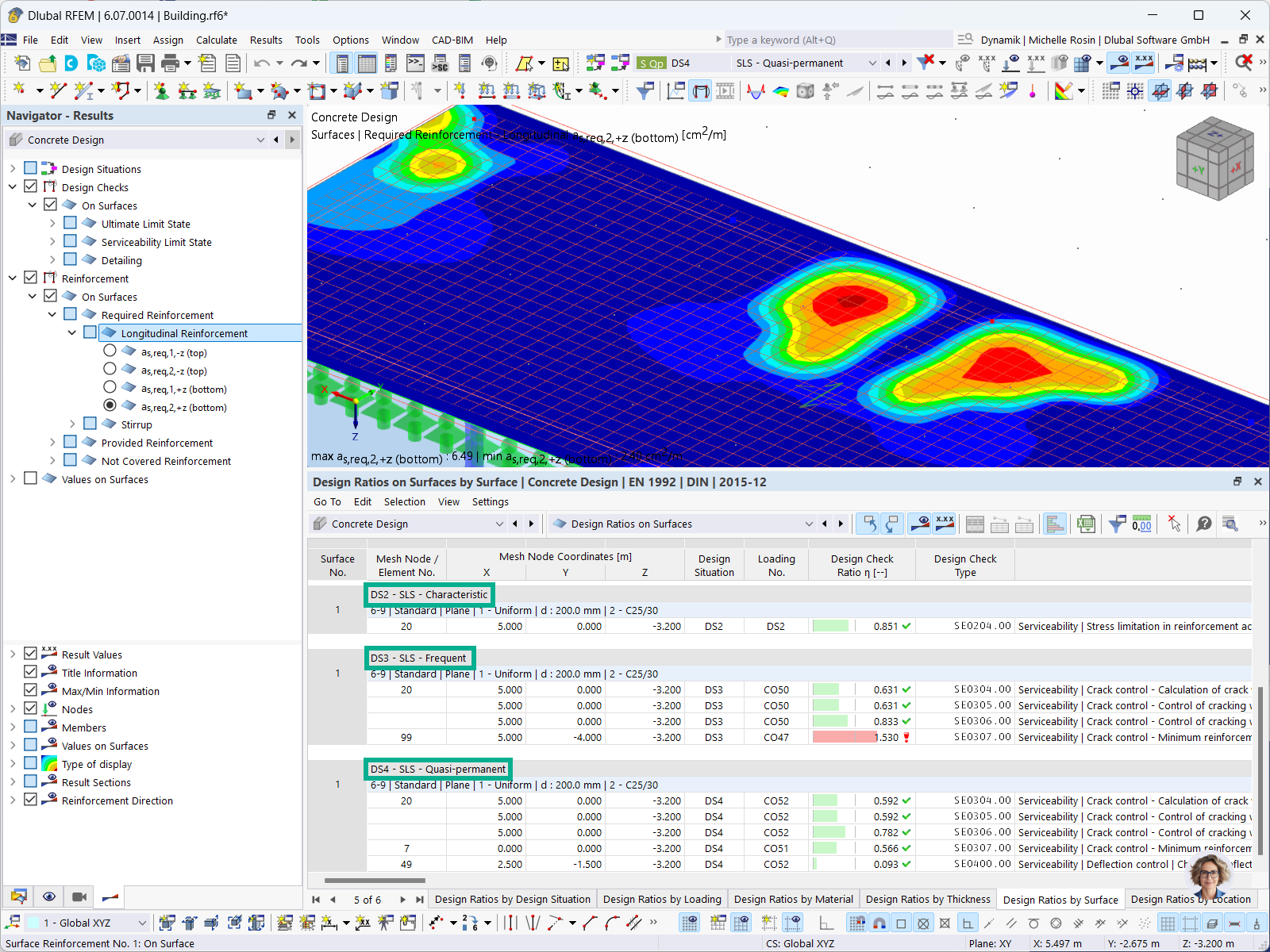RFEM is a finite element analysis software that enables you to create various kinds of structural models and to design them. With the release of version 6.xx, the concept has been revised for an improved handling of the data and an integrated conception of the design. You can now make use of the enhanced functionalities and benefit from the reworked arrangement of the model and load objects as well as of the result and design data.
The tutorial consists of several parts: "Structural Analysis", "Concrete Design", "Steel Design", "Steel Joints", and "Dynamic Analysis". In Part 1, the structural analysis of the model was carried out to determine the internal forces and deformations of the various load cases and combinations. In Part 2, the concrete objects were designed. While Part 3 covered the general design of the steel platform, Part 4 dealt with the design of its connections.
Part 5 guides you through the seismic design of the model. In the first step, a modal analysis is carried out to determine the natural frequencies and mode shapes of the model. You will see how to adjust the analysis settings so that the requirements concerning the effective modal mass factors are met. A response spectrum analysis follows in the second step. It is based on spectra expressing how the model "responds" to a seismic excitation applied to its supports. It is thus possible to draw conclusions about the reaction of the model in the event of an earthquake. For the seismic analysis, it is assumed that the model is located in Bologna/Italy. In the last step, the seismic results are integrated with static load cases for a structural design check.
Eurocodes with the CEN settings are used as standards. Furthermore, metric units are used in this tutorial.
The Trial Version of the software allows you to use all functions for working on the model. Once the trial period expires, the demo mode will be applied: The data concerning the dynamic analysis only allow for specific settings such as a limited number of members and surfaces. It means that the seismic analysis of the model cannot be carried out as described anymore.














































_1.jpg?mw=350&hash=ab2086621f4e50c8c8fb8f3c211a22bc246e0552)

-querkraft-hertha-hurnaus.jpg?mw=350&hash=3306957537863c7a7dc17160e2ced5806b35a7fb)


